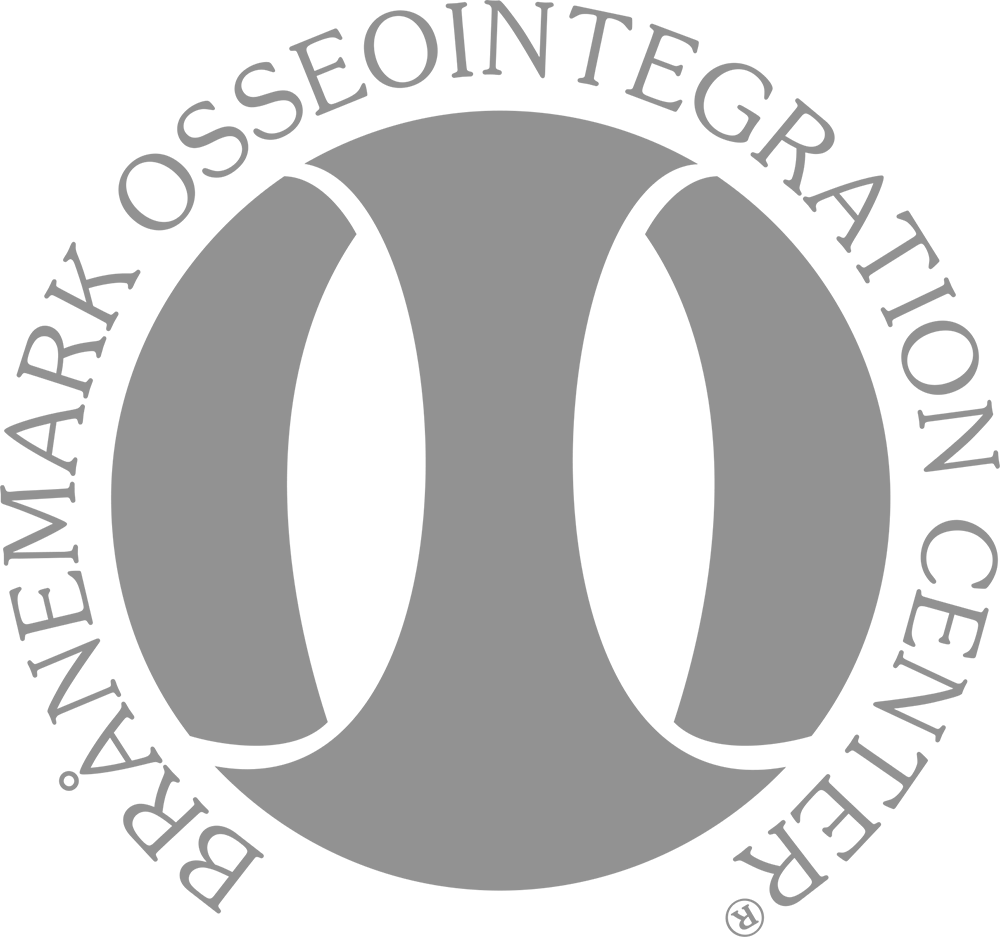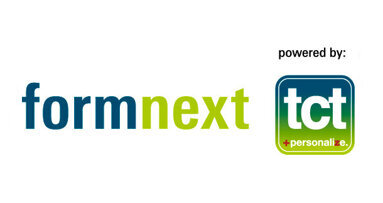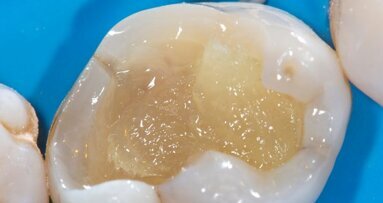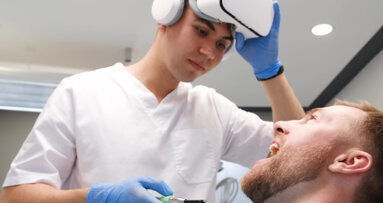As per The Business Research Company’s Teledentistry Global Market Report 2023, the global teledentistry market is poised for substantial growth, with expectations to expand from £1.2billion in 2022 to an estimated £1.4billion in 2023, reflecting an impressive compound annual growth rate (CAGR) of 17.6%. This upward trajectory is set to continue, culminating in a market size of £2.7 billion in 2027, with a projected CAGR of 17.1%. The driving force behind this teledentistry market growth is the escalating burden of oral diseases globally.
Oral diseases, including dental caries, periodontal disease, and oral cancer, impose a significant health and economic burden worldwide. The World Health Organization (WHO) estimated that nearly 2.5 billion people globally suffer from various forms of oral diseases. This burden translates into annual direct costs of approximately £317 billion and indirect costs of another £265 billion. Notably, dental caries remains the most prevalent untreated condition worldwide, impacting 1 billion people.
Teledentistry emerges as a vital solution to combat this oral disease burden, enhancing oral health outcomes. Teledentistry facilitates remote consultation, monitoring, education, and training, providing accessible and cost-effective dental care.
The teledentistry market exhibits concentration, with key players dominating the landscape. In 2022, the top ten competitors collectively accounted for 47.92% of the teledentistry market. Leading the pack was SmileDirectClub, commanding a 17.32% teledentistry market share, closely followed by Koninklijke Philips N.V. with 14.14%. Other prominent players in the teledentistry market include Align Technology, Inc., Patterson Companies Inc., The TeleDentists, Dentulu Inc., Toothpic, Medvivo, Sesame Inc., and Virtudent, Inc.
Innovative teledentistry companies are integrating artificial intelligence (AI) to assist dentists in crafting personalized treatment plans for patients. For instance, in November 2021, SmileDirectClub introduced SmileOS™, a telehealth platform powered by AI. This next-generation system leverages data from over 1.5 million clear aligner treatment plans, optimizing precise tooth movements to achieve a straighter smile.
Dr Guy Deeming outlines how he uses technology to treat younger patients. He explains there’s now a big gap between teenagers and middle-aged adults. He stresses that Generation Z – those born between 1997 and mid-2000s and Generation Alpha – youngsters born after 2012 are a “visual demographic”, adding: “They want everything on-demand and they want it to adapt to their needs in a very dynamic fashion, and we, as orthodontists and as service providers must try to find a way to embed that visual, on-demand element into their experiences. Being a digitally adept and dynamic organisation that can evolve and recognise the need to change is absolutely essential if we are going to future-proof ourselves for the needs of Generation Alpha and beyond.”
Technology, he points out, not only offers treatment in a form that suits younger patients, it also offers them the all-important customer experience. “That’s about virtual care. It’s about using the different technologies to engage the patients throughout the treatment, monitor their progress with you so they can see how their teeth are moving, so they feel involved and feel like their treatment will be more successful.”
In terms of specific technologies, Dr Deeming highlights Invisalign Smile View™ which allows patients to generate their own virtual smile improvements via a selfie. “A tool that builds that hope, excitement and engagement with the process so that the patient can then take that next step.”
“Using technology in front of our patients helps them to feel like we’re part of their world. The next part of that is the Invisalign® Outcome Simulator Pro. Once we have our scans, we can then demonstrate how our skills come into play by modifying that simulation in real time on the iTero scanner to show them the tweaks and the artistry of orthodontic tooth movement, to create that excitement.”
And Invisalign Virtual Care allows for effective, efficient interaction throughout the treatment journey: “Because teenagers don’t want to be inconvenienced", Dr Deeming says. "We can give them that always-on feeling through the app, and we can give our younger patients control over their treatment, through the ability to share and communicate and have interaction directly with your team without always having to go through their parents. Align is now making it so much easier for us to engage our patients in the way they want to be engaged.”
Tags:
LONDON, UK: As digital dentistry becomes more commonplace, the relationship between dentists and dental laboratories seems set to grow. A new research ...
At the forefront of innovative approaches to healthcare, Haleon is making significant strides in integrating oral healthcare with broader medical care. ...
LONDON, UK: The global dental 3-D printing market is expected to grow to US$9.7 billion by 2025, according to a new report by Grand View Research. The ...
Five months ahead of the premiere, formnext has already secured the participation of exhibitors from among the world's leading manufacturers in additive ...
LEIPZIG, Germany: Dental professionals interested in developing strategies for the restoration of large size cavities and learning the protocol for direct ...
LONDON, England: More than a third of UK adults in a study by periodontal health brand Corsodyl experience bleeding gingivae at least once a month when they...
The demand for the clear aligner market is growing due to increasing demand for aesthetic dentistry and the appeal for clear aligners as an orthodontic ...
LONDON, England: Balanced nutrition is known to lower the risk of major non-communicable diseases, including cardiovascular disease, neurodegenerative ...
The “Dentaverse” aims to reduce the gap between physical and virtual dental care for dental professionals and dental students. A new report ...
LONDON, England: Periodontal treatment is known to trigger a short-term systemic inflammatory response, and the systemic effects of this have prompted ...
Live webinar
Wed. 14 January 2026
5:00 pm UTC (London)
Dr. Théo Laplane, Dr. Robert Gottlander DDS
Live webinar
Fri. 16 January 2026
5:00 pm UTC (London)
Live webinar
Mon. 19 January 2026
6:00 pm UTC (London)
Philipp Kopp, Michael Seeber
Live webinar
Thu. 22 January 2026
2:00 pm UTC (London)
Prof. Judith Jones D.D.S; M.P.H., Prof. Kakuhiro Fukai D.D.S., Ph.D, Dr. Bathsheba (Bethy) Turton
Live webinar
Thu. 22 January 2026
7:00 pm UTC (London)
Dr. Nicola M. Grande DDS, PhD
Live webinar
Wed. 28 January 2026
1:00 pm UTC (London)
Live webinar
Wed. 28 January 2026
4:00 pm UTC (London)
Prof. Dr. Jan-Frederik Güth



 Austria / Österreich
Austria / Österreich
 Bosnia and Herzegovina / Босна и Херцеговина
Bosnia and Herzegovina / Босна и Херцеговина
 Bulgaria / България
Bulgaria / България
 Croatia / Hrvatska
Croatia / Hrvatska
 Czech Republic & Slovakia / Česká republika & Slovensko
Czech Republic & Slovakia / Česká republika & Slovensko
 France / France
France / France
 Germany / Deutschland
Germany / Deutschland
 Greece / ΕΛΛΑΔΑ
Greece / ΕΛΛΑΔΑ
 Hungary / Hungary
Hungary / Hungary
 Italy / Italia
Italy / Italia
 Netherlands / Nederland
Netherlands / Nederland
 Nordic / Nordic
Nordic / Nordic
 Poland / Polska
Poland / Polska
 Portugal / Portugal
Portugal / Portugal
 Romania & Moldova / România & Moldova
Romania & Moldova / România & Moldova
 Slovenia / Slovenija
Slovenia / Slovenija
 Serbia & Montenegro / Србија и Црна Гора
Serbia & Montenegro / Србија и Црна Гора
 Spain / España
Spain / España
 Switzerland / Schweiz
Switzerland / Schweiz
 Turkey / Türkiye
Turkey / Türkiye
 UK & Ireland / UK & Ireland
UK & Ireland / UK & Ireland
 International / International
International / International
 Brazil / Brasil
Brazil / Brasil
 Canada / Canada
Canada / Canada
 Latin America / Latinoamérica
Latin America / Latinoamérica
 USA / USA
USA / USA
 China / 中国
China / 中国
 India / भारत गणराज्य
India / भारत गणराज्य
 Pakistan / Pākistān
Pakistan / Pākistān
 Vietnam / Việt Nam
Vietnam / Việt Nam
 ASEAN / ASEAN
ASEAN / ASEAN
 Israel / מְדִינַת יִשְׂרָאֵל
Israel / מְדִינַת יִשְׂרָאֵל
 Algeria, Morocco & Tunisia / الجزائر والمغرب وتونس
Algeria, Morocco & Tunisia / الجزائر والمغرب وتونس
 Middle East / Middle East
Middle East / Middle East






















































To post a reply please login or register